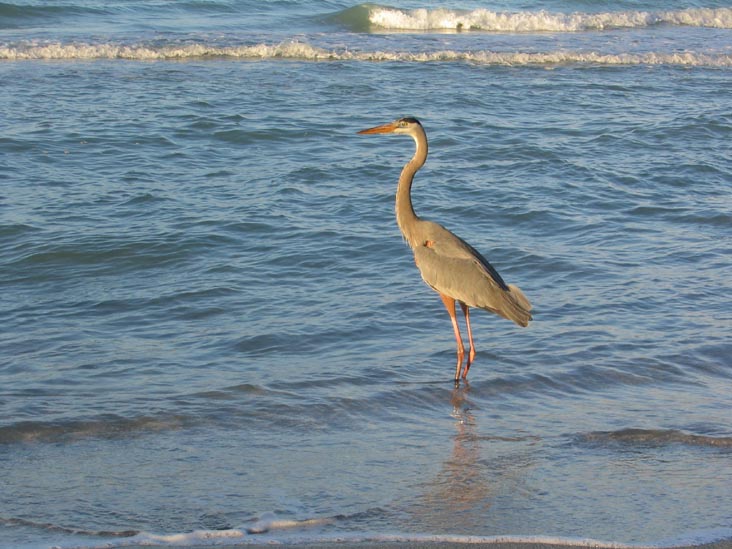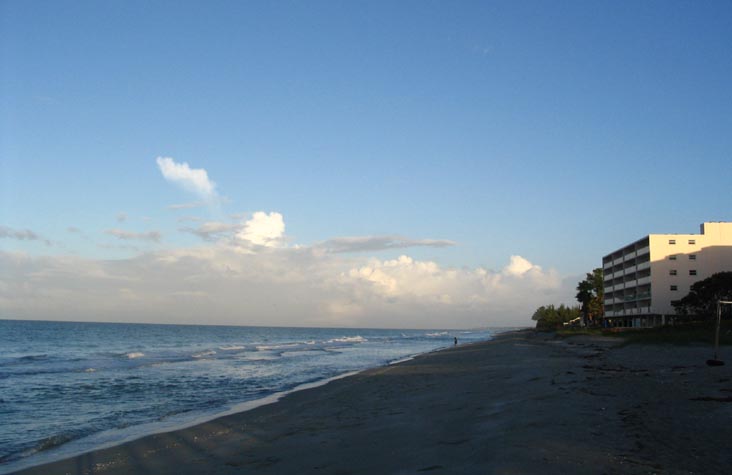

Studies of the impact of Sargassum on human health started very recently and this is a topic that needs more time to be fully understood.

What threats, if any, does Sargassum pose to human health? Sargassum can also impact navigation, block water intake in desalination plants, and impact benthic ecosystems after/if they sink to the bottom of the ocean. During its breakdown, Sargassum produces hydrogen sulfide gas, which smells of rotten eggs, repelling beachgoers. As it washes ashore the seaweed begins to decay, attracting flies and other insects. What are some of the drawbacks of Sargassum?Īs Sargassum accumulates close to the coastlines, it can smother valuable corals, seagrass beds, and beaches. If Sargassum reaches the coast in small/normal quantities, it may help to avoid beach erosion. Sargassum, in normal amounts, provides habitat, food, protection, and breeding grounds for hundreds of diverse marine species, including commercially important species, such as tuna and swordfish, which feed on the smaller marine life present in Sargassum mats. In 2011, the geographic range expanded, and massive amounts of Sargassum moved west into the Caribbean Sea, Gulf of Mexico, and south tropical Atlantic, washing ashore in Florida, Puerto Rico, the US Virgin Islands, and most islands and coastal areas in the Caribbean Sea. Historically, the majority of Sargassum aggregated in the Sargasso Sea in the western North Atlantic, with some small amounts found within the Gulf of Mexico and Caribbean Sea. Sargassum is a type of floating brown algae, commonly called “seaweed.” These algae float at the sea surface, never attach to the sea floor, and they can aggregate to form large mats in the open ocean. Source: National Oceanic and Atmospheric Administration (NOAA) Coast Watch What is Sargassum? Giant blobs of seaweed are hitting Florida, WUSF Public Media, May 4.Massive blob of sargassum seaweed reaching Florida beaches, AccuWeather, May 11.Sargassum seaweed blob continues to pile up, threatening sea turtle nesting season, WPBF, May 16, 2023.Sargassum knocks Bill Baggs and other Florida spots from ‘best beach’ list, Key Biscayne Independent, May 18, 2023.‘Pathogen’ storm: Vibrio bacteria, sargassum and plastic marine debris, Florida Atlantic University, May 24, 2023.Seaweed surprise: Floating mass has actually shrunk, Miami Herald,.Web cam hosted by the Wyndham Grand Clearwater. Latest NOAA Sargassum inundation assessment Popular tourist beaches rake the seaweed each morning and remove it from beaches, but with the state’s 1,350 miles of shoreline, that’s not always possible.Īdditionally, it may be an insurmountable task to keep up with the sheer mass of seaweed washing ashore during the day when beaches are crowded. Once the sargassum weed blob hits the beach, the seaweed can be removed. You might think the seaweed would be removed from the water before it hits our beaches, but that’s against the law because of it’s value as a shelter and food source for marine life. Seaweed surprise: Floating mass has actually shrunk, Miami Herald, That said, even decaying sargassum is not considered harmful because the gases disperse quickly on breezy beaches. The seaweed itself is not harmful to humans, but decaying sargassum on beaches releases hydrogen sulfide that can impact people with breathing issues. The seaweed comes in waves, depending on currents and wind direction. Florida’s seaweed season typically runs from April until October, peaking in June and July.


 0 kommentar(er)
0 kommentar(er)
